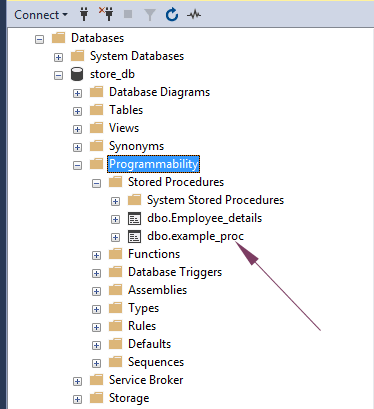
How can I use SUM and COUNT in the same. How to sum count value in SQL Server? SUM () and COUNT () functions. The same approach can be used with SQL COUNT () function too.
APPLIES TO: SQL Server Azure SQL Database Azure SQL Data Warehouse Parallel Data Warehouse. Returns the sum of all the values, or only the DISTINCT values, in the expression. SUM can be used with numeric columns only.
Transact-SQL Syntax Conventions. Null values are ignored. SUM() function with group by. SUM is used with a GROUP BY clause. The aggregate functions summarize the table data.
Once the rows are divided into groups, the aggregate functions are applied in order to return just one value per group. It is better to identify each summary row by including the GROUP BY clause in the query resulst. If you want to test your skills using the SQL COUNT function, try some of our practice exercises.
These exercises allow you to try out your skills with the COUNT function. You will be given questions that you need to solve. After each exercise, we provide the solution so you can check your answer. Anbei ein einfaches Beispiel für die Demonstation der COUNT()-Syntax in SQL. This function returns the number of items found in a group.
COUNT operates like the COUNT_BIG function. These functions differ only in the data types of their return values. SQL provides many inbuilt functions that are used for performing various operations in data. Sign in to make your opinion count. Die SQL COUNT -Funktion zählt( COUNT ) die Anzahl von ausgewählten Datensätzen.
Es werden alle Datensätze gezählt, deren Wert nicht NULL ist. SELECT SUM returns the sum of the data values. The only difference between the two functions is their return values.
COUNT always returns an int data type value. May be followed by the OVER clause. COUNT _BIG always returns a bigint data type value. The department field must, therefore, be listed in the SQL GROUP BY section.
COUNT returns the number of rows returned by the query. If you specify DISTINCT, then you can specify only the query_partition_clause of the analytic_clause. The order_by_clause and windowing_clause are not allowed. The SQL GROUP BY Statement. GROUP BY returns one records for each group.

The GROUP BY clause groups records into summary rows. Hello, I have a query where I need to count the patient ids and then sum the count of patient ids and then calculate the percentage by the Approver of the. Let’s take a look at the table orderdetails in the sample database.
Summary: in this tutorial, you will learn how to use the PostgreSQL COUNT() function to count the number of rows in a table. PostgreSQL COUNT() function overview. The COUNT () function is an aggregate function that allows you to get the number of rows that match a specific condition of a query.
Aggregating Distinct Values with DISTINCT. COUNT (ALL expression) evaluates the expression for each row in a set and returns the number of non-null values. COUNT (DISTINCT expression) evaluates the expression for each row in a set, and returns the number of unique, non-null values. This tutorial is about aggregate functions such as COUNT , SUM and AVG. An aggregate function takes many values and delivers just one value.
For example the function SUM would aggregate the values and to deliver the single value 11. Cette fonction ne fonction que sur des colonnes de types numériques (INT, FLOAT …) et n’additionne pas les valeurs NULL.
Keine Kommentare:
Kommentar veröffentlichen
Hinweis: Nur ein Mitglied dieses Blogs kann Kommentare posten.